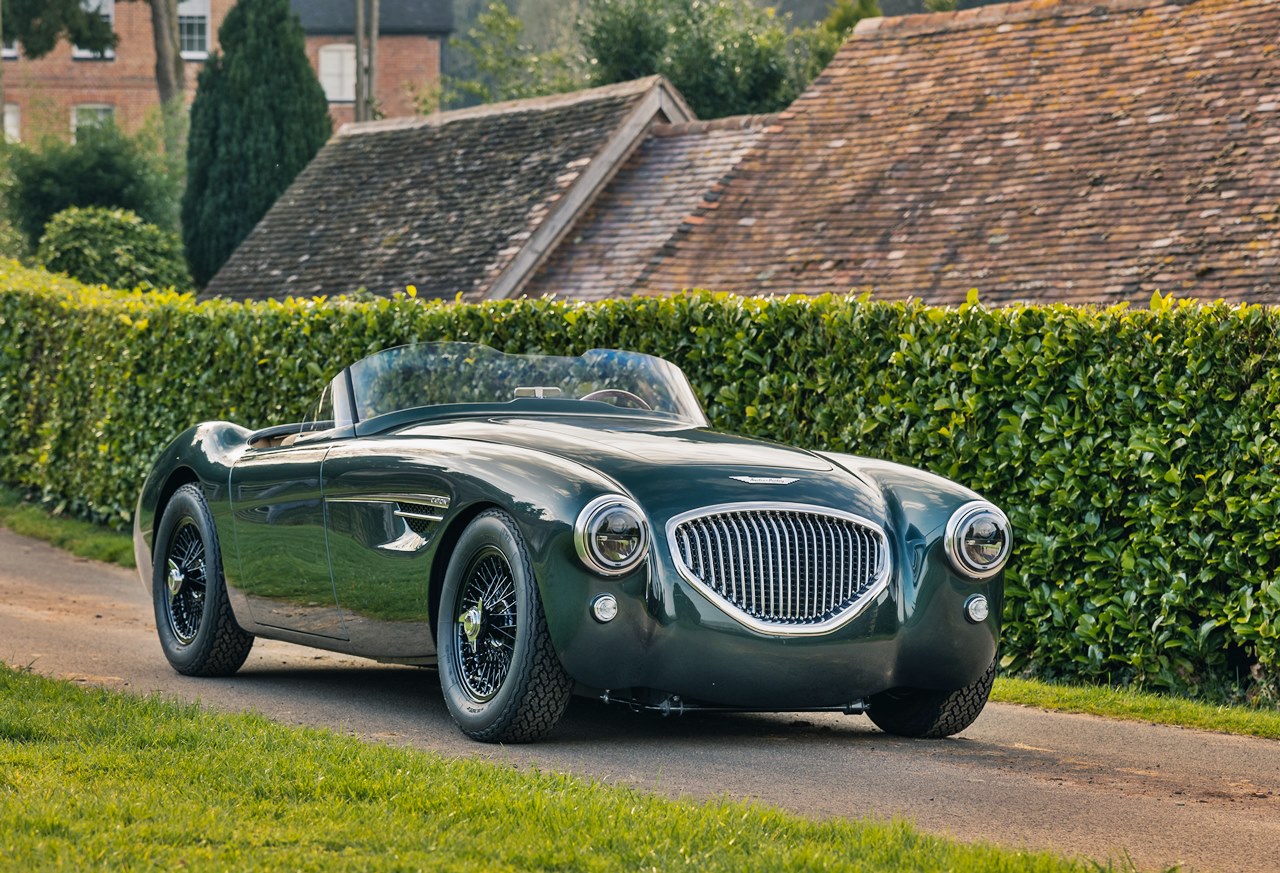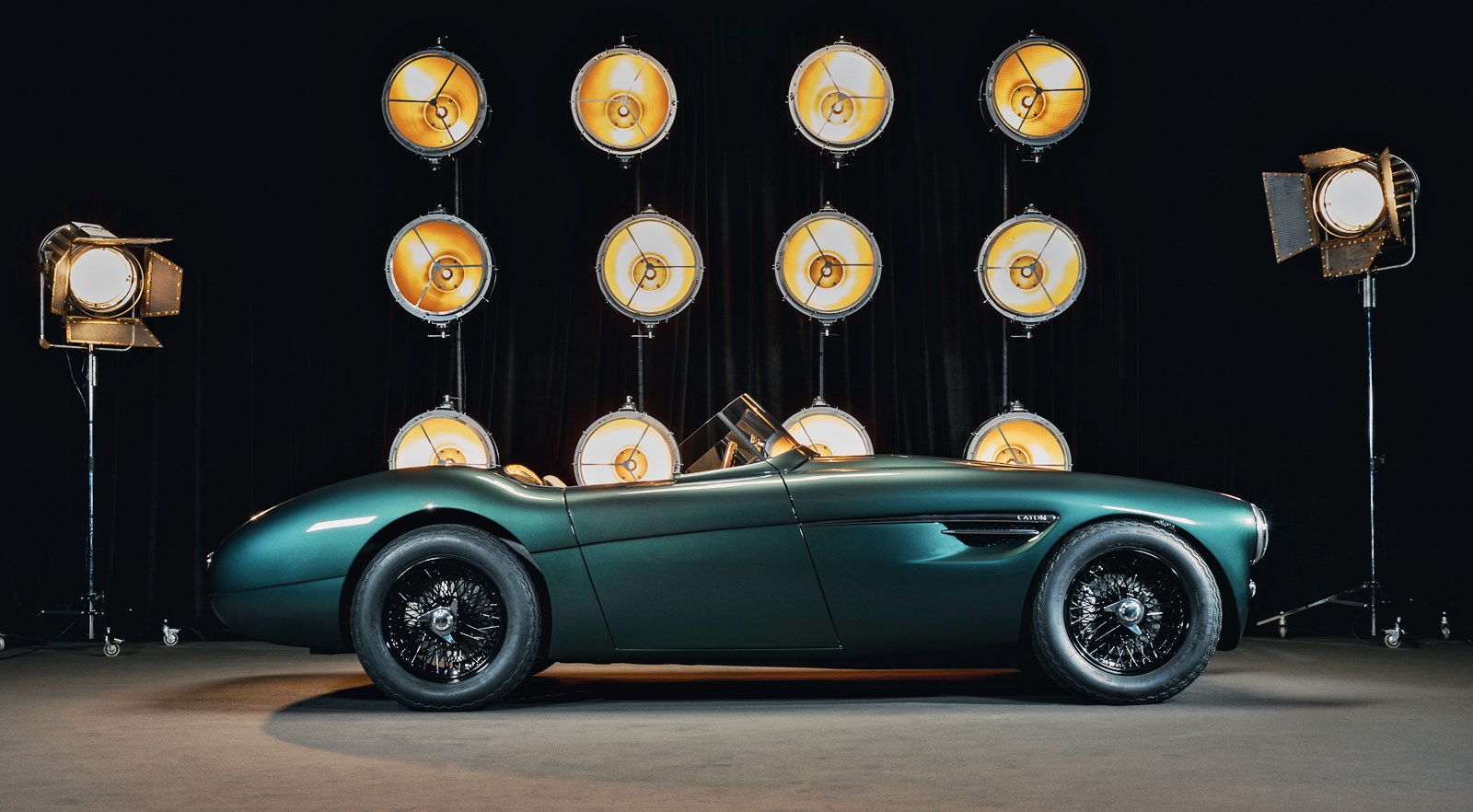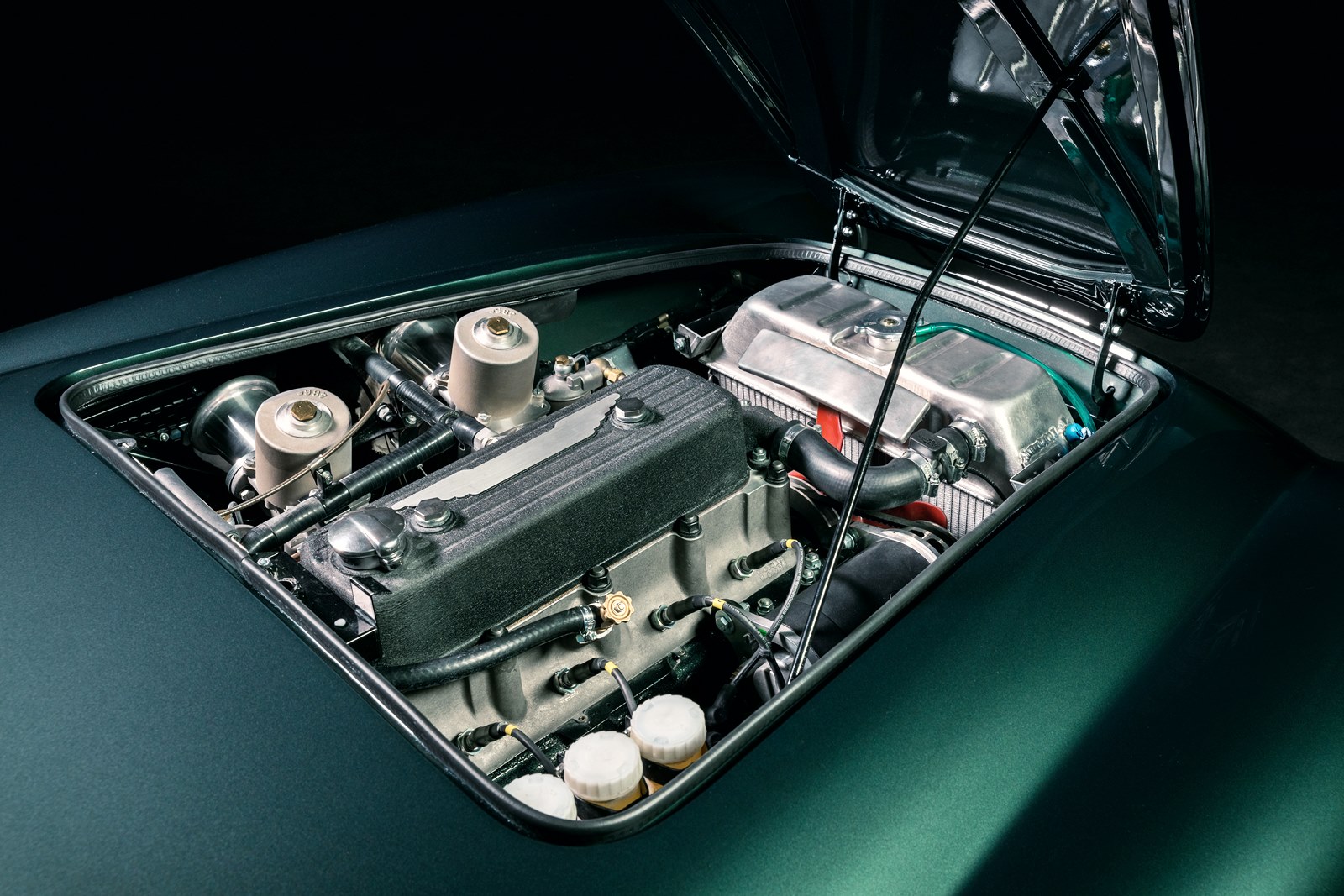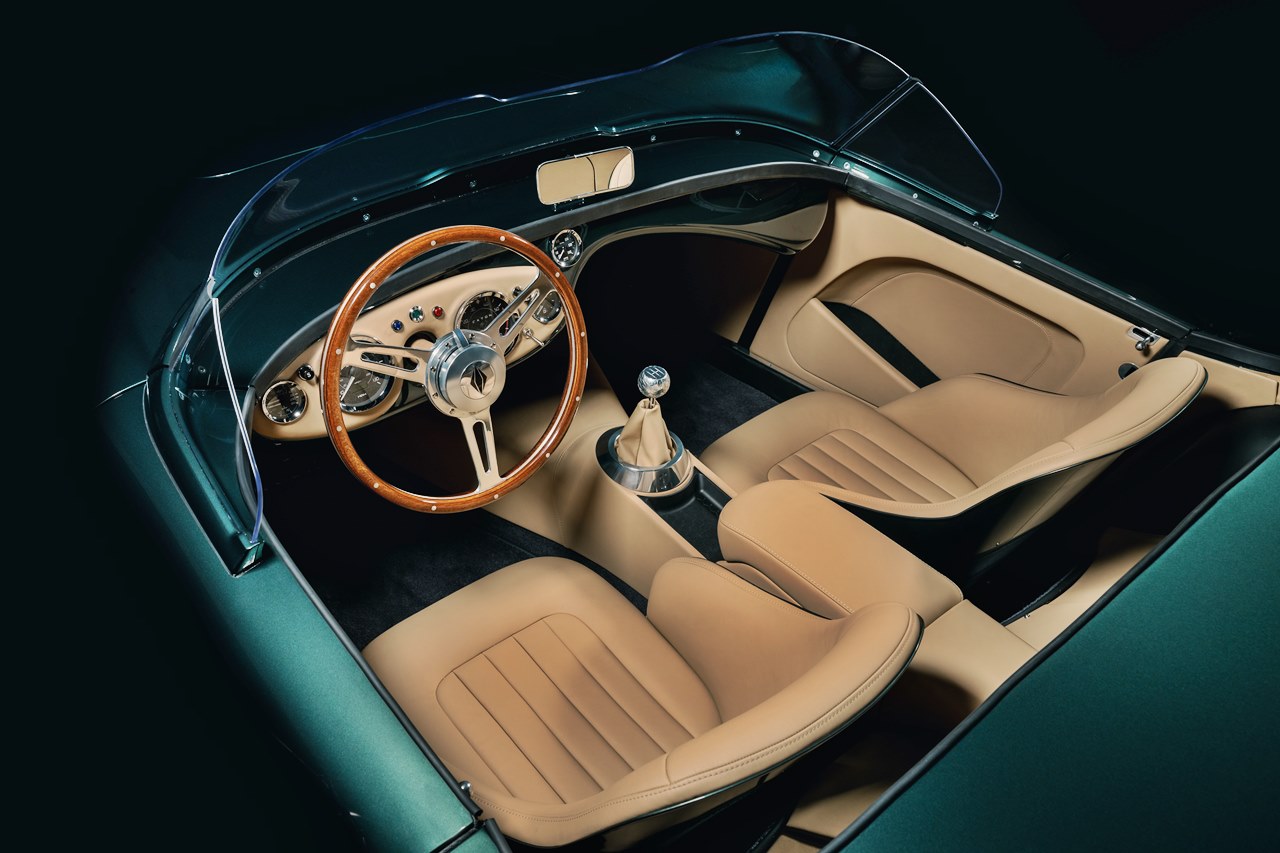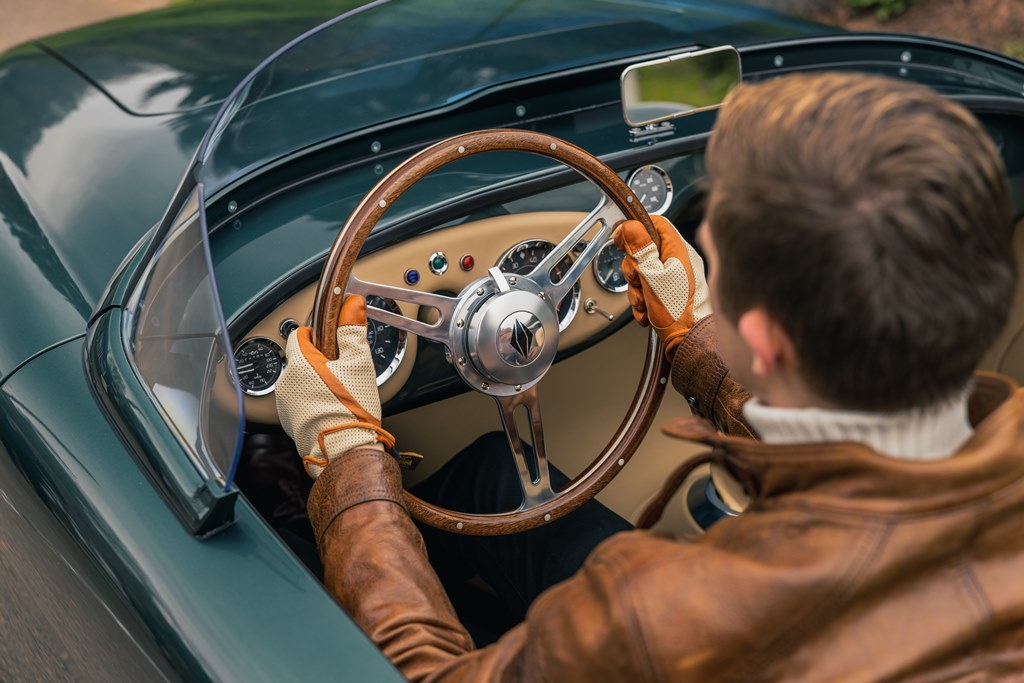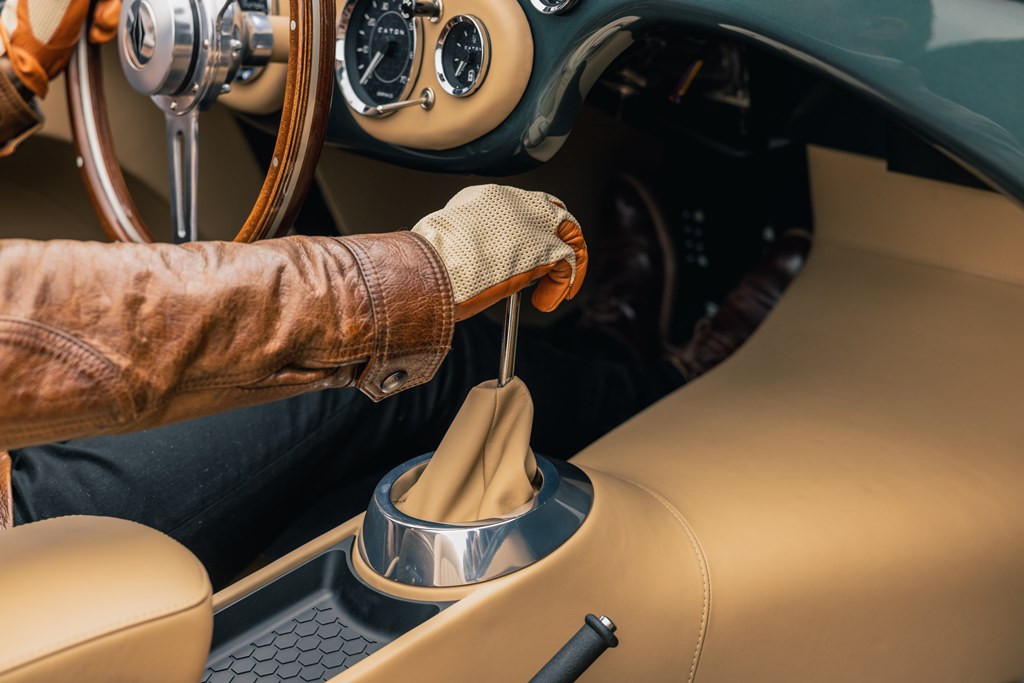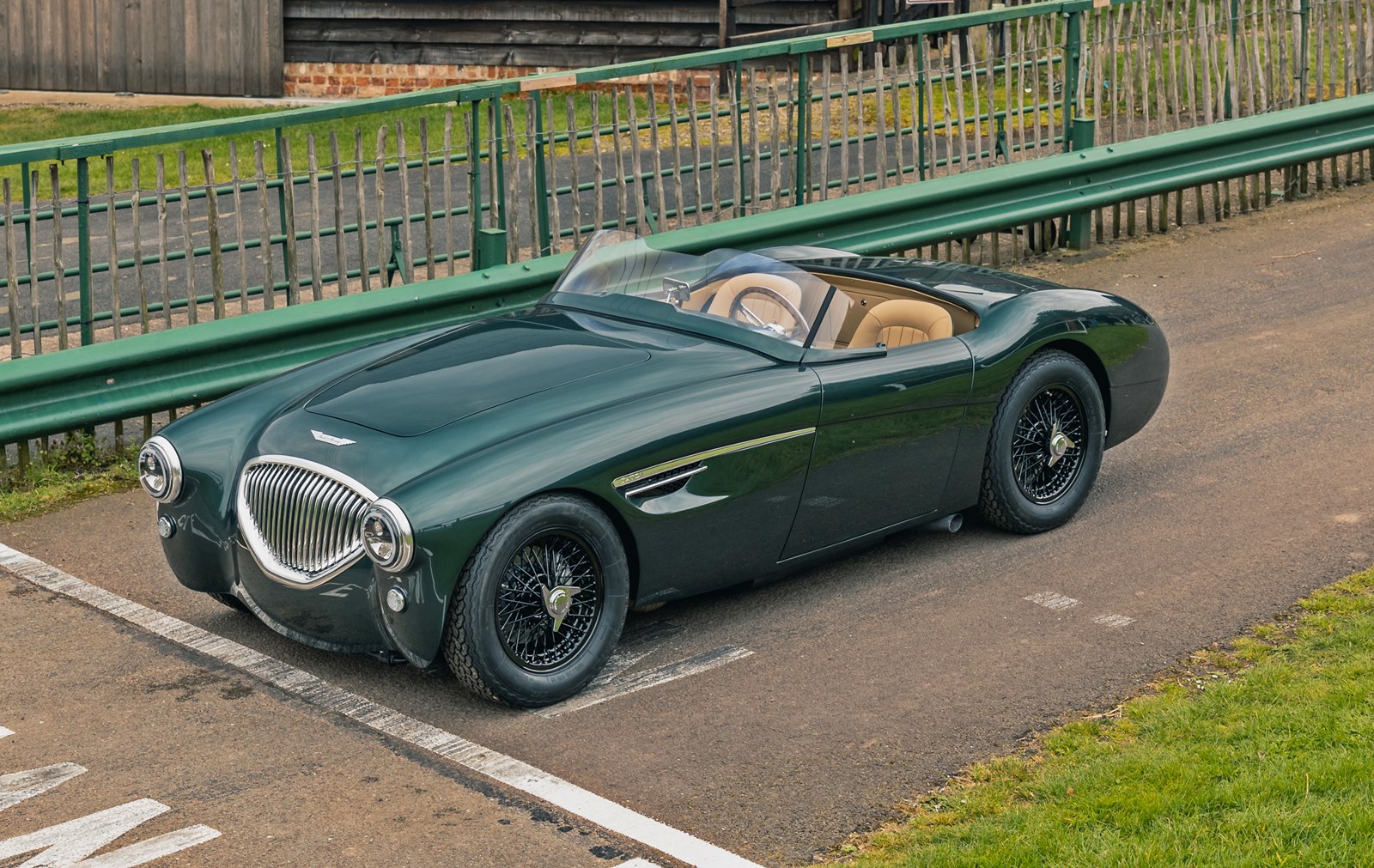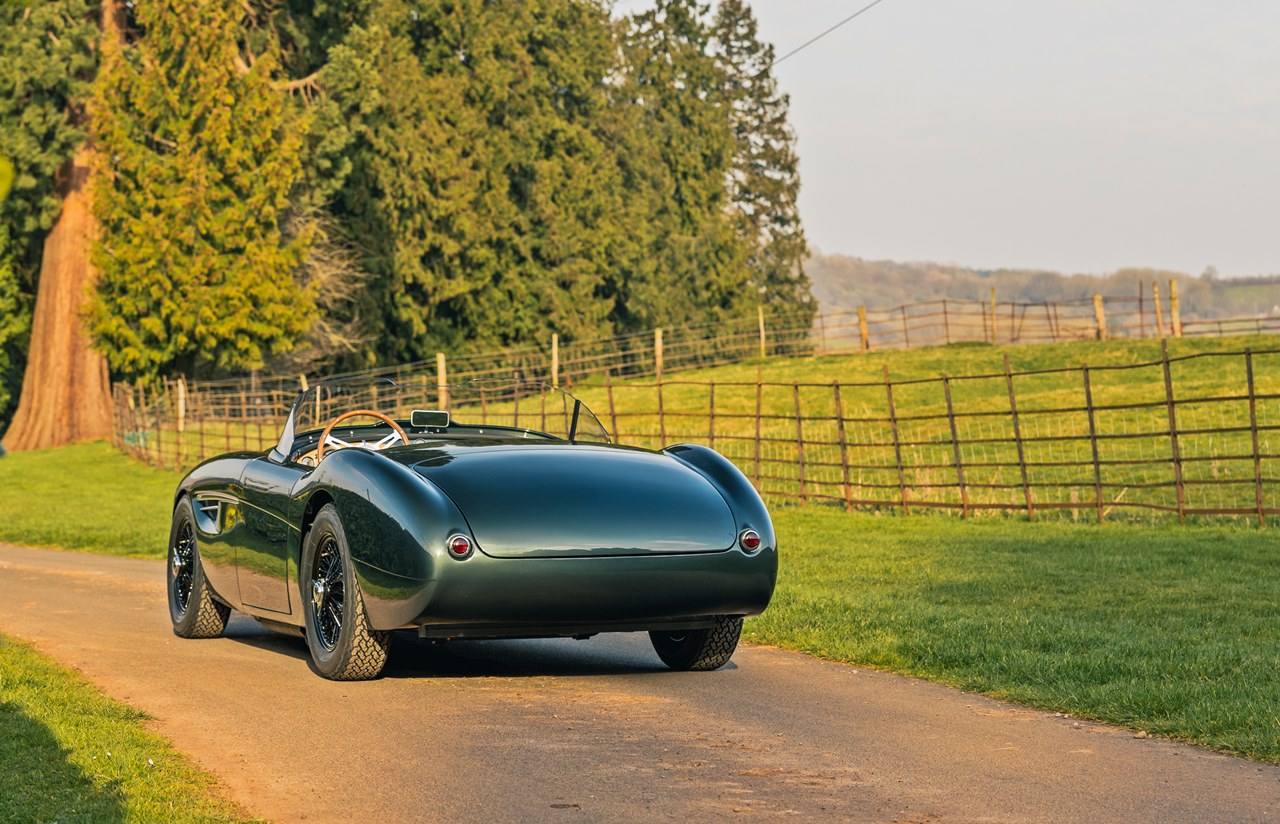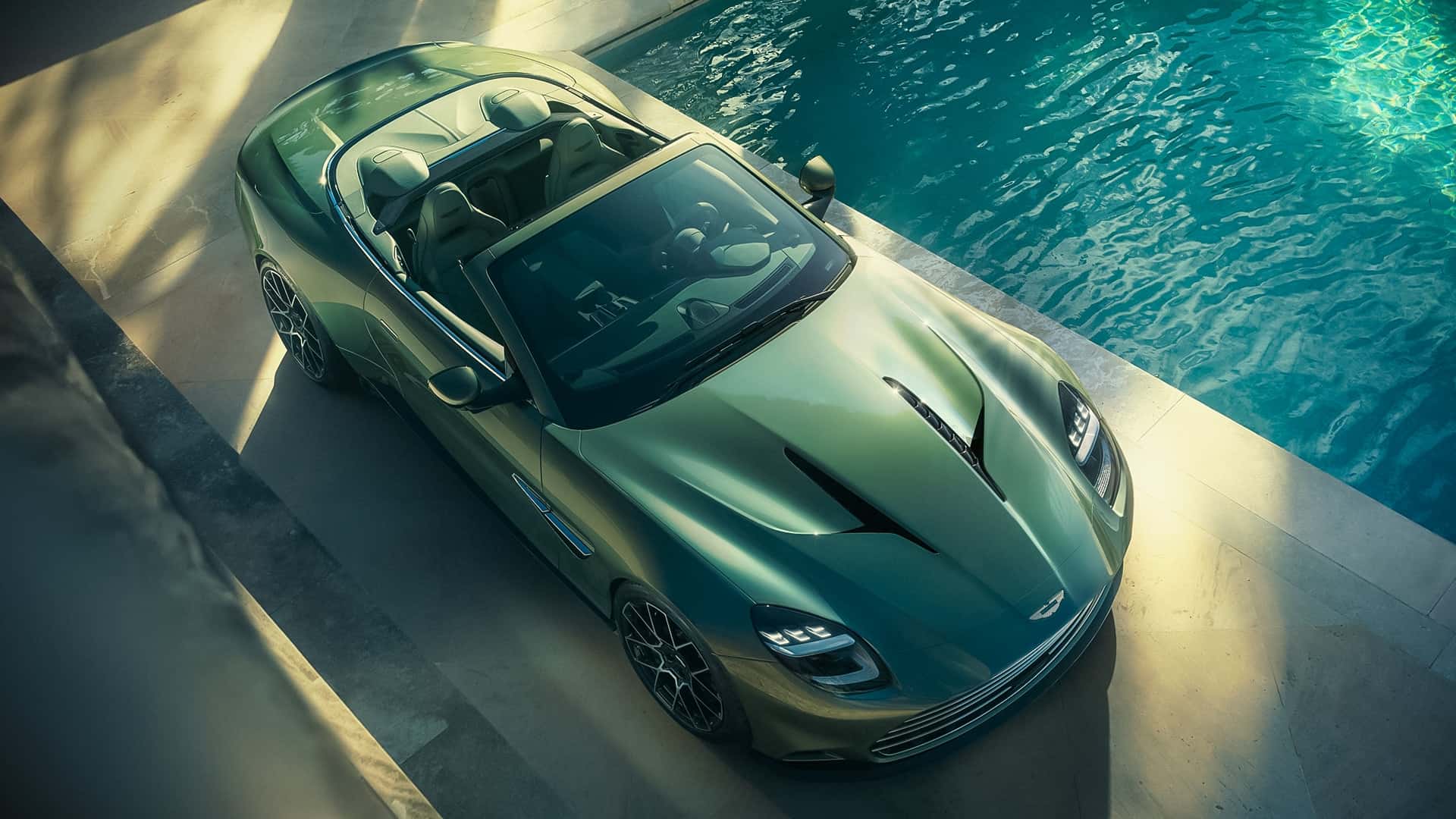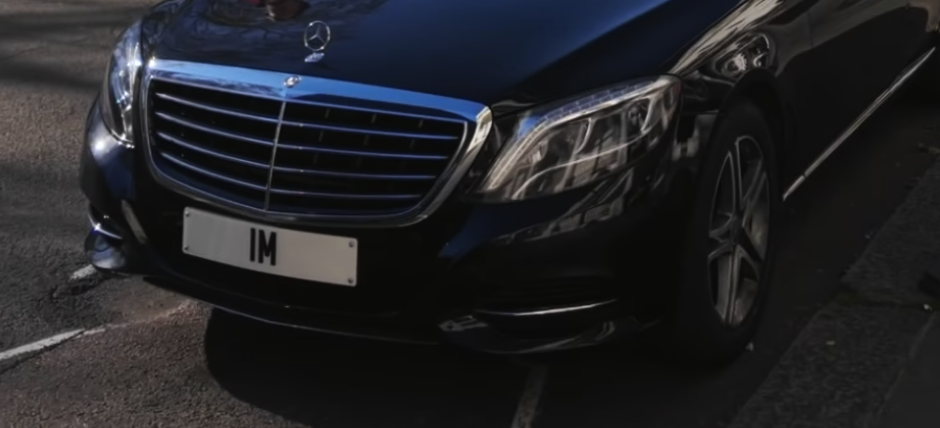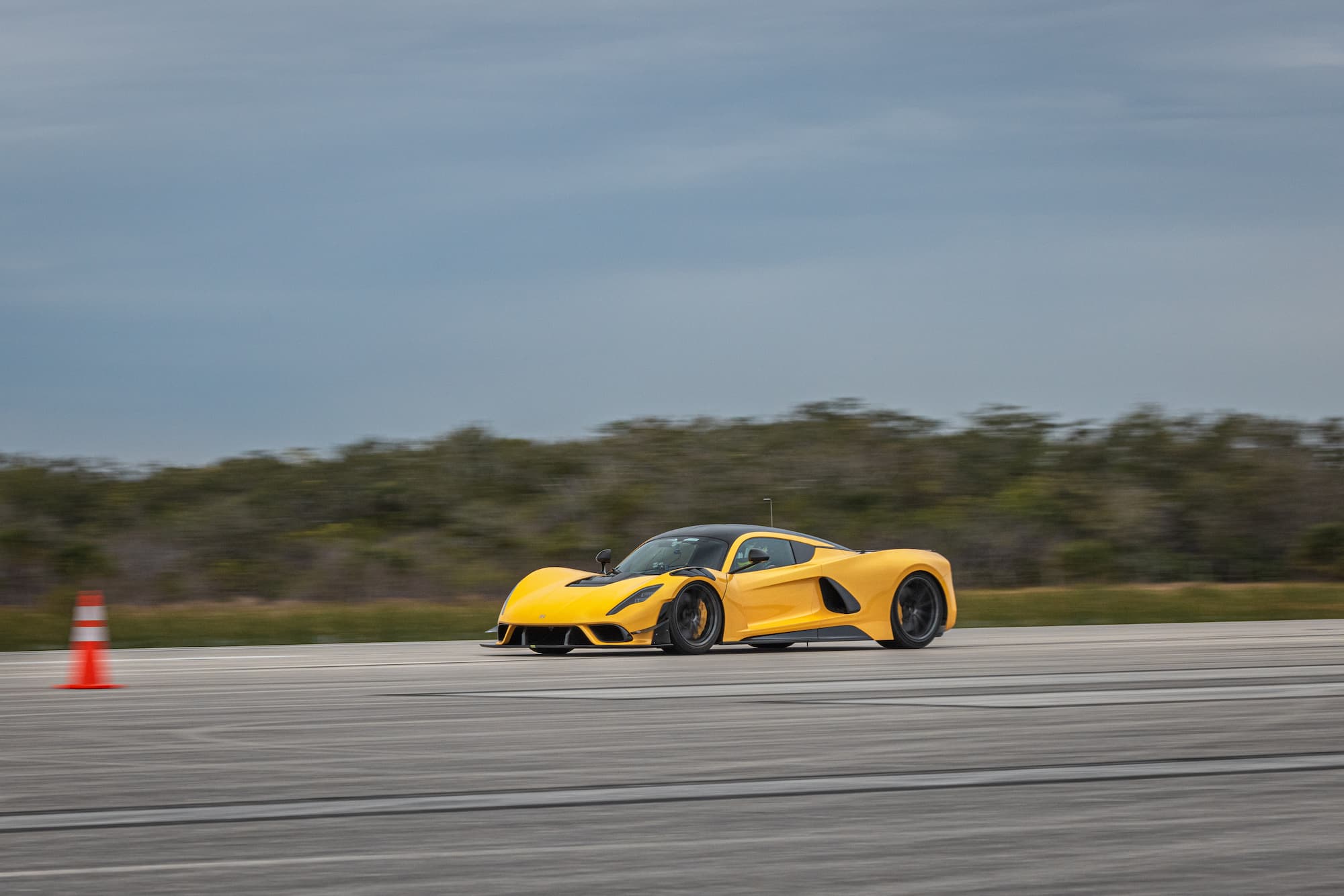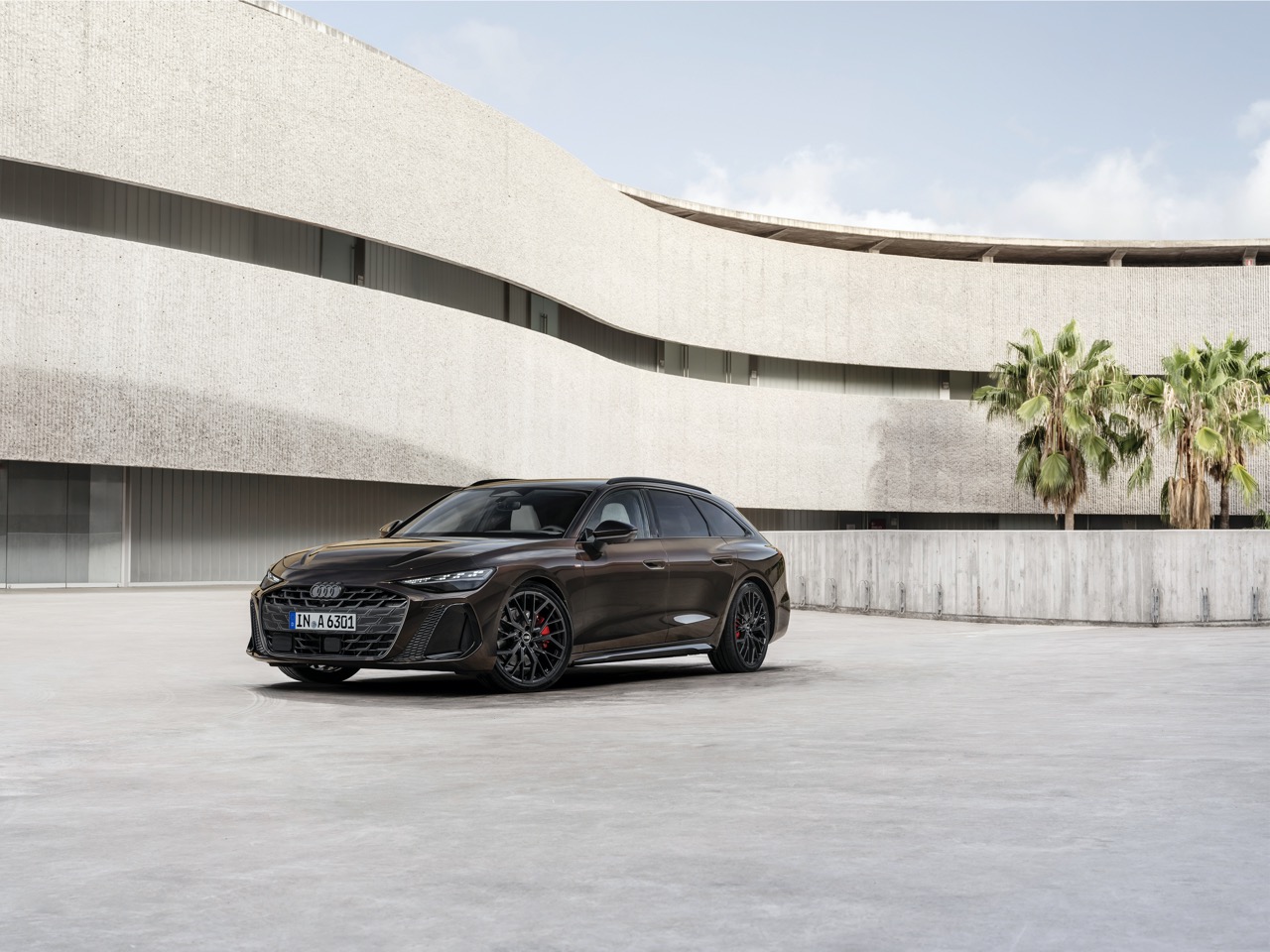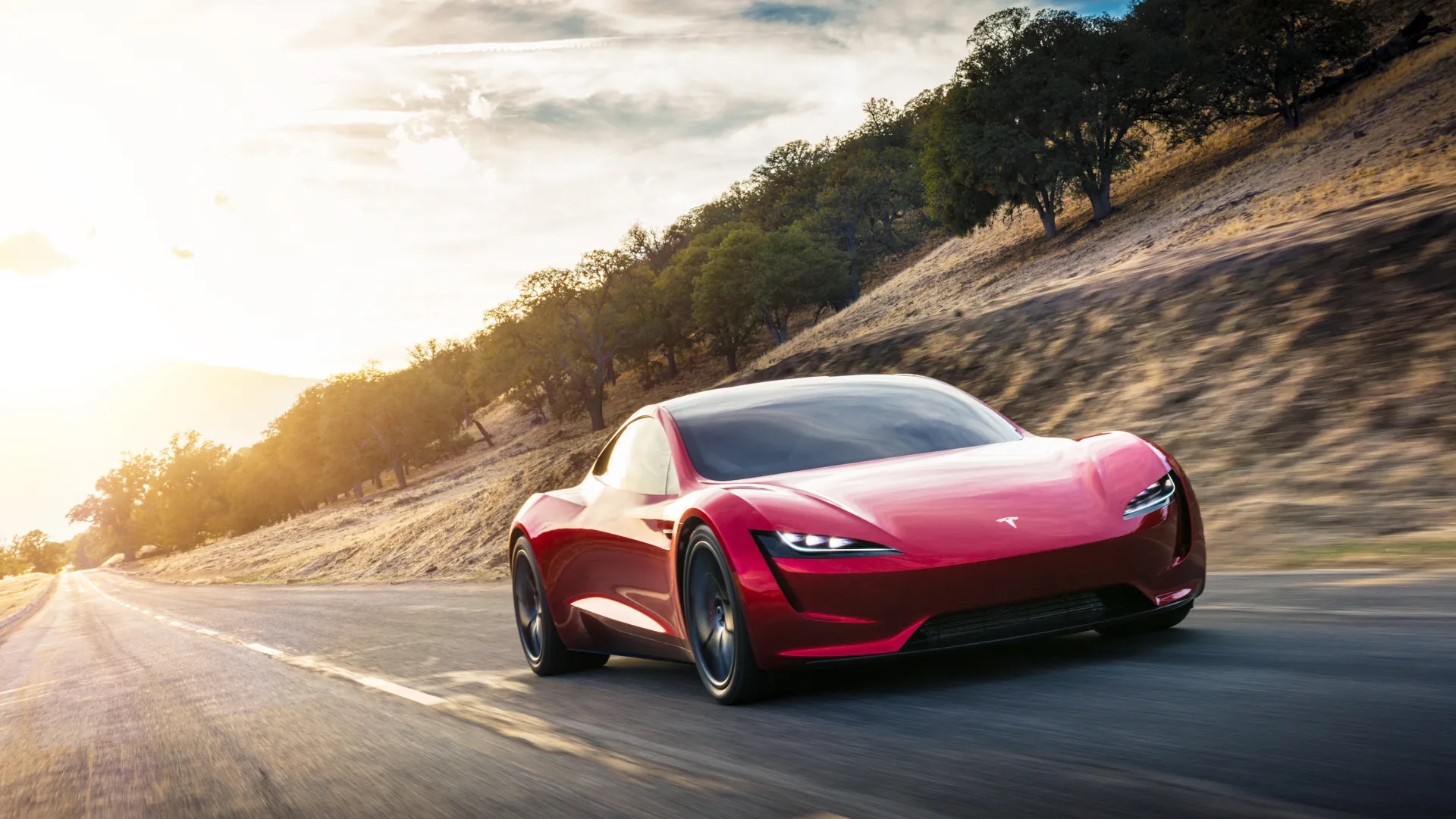Like many British sportscars of the 1950s, the Austin-Healey 100 has become an iconic model because of its historical significance. Built between 1953 and 1956, it was the first model of the association between Austin and Donald Healey which would last for 20 years. Over 14,600 cars were built and those that are still in existence today are valuable collectors items.
For those who want this piece of British motoring history but cannot acquire one, Caton, a new company specialising in design and creation of ultra-exclusive, highly aspirational luxury products will restore and modernise the model – known as Healey by Caton – as its first creation.
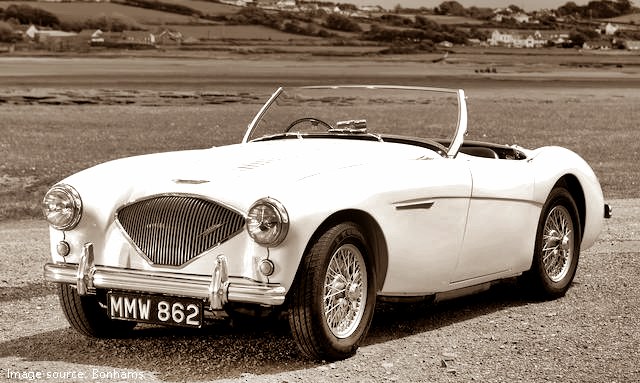
Only 25 units to be hand-built
It will be extremely rare too, with a limited run of 25 hand-built restored cars at the factory in England. Each car will have a unique combination of design and engineering comparable to established carmakers, with traditional craftsmanship techniques.
Taking a forensic yet sympathetic approach, Caton’s designers have introduced a subtle smoothness to the Healey’s instantly recognisable lines, gently amplifying the visual dynamism while fully respecting the engineering and design principles of the original car’s creator.
The execution of the cleaner, smoother look has been applied across the entire body, with all seams and beading removed. This is evident in the new front aluminium fenders, which feature a more clamshell-like construction. Despite being built on an English Wheel, using traditional methods, they are entirely free of the beading that ran through the centre of the original items. A new air vent and a finisher have been integrated into the flanks, visually amplifying the diving line that runs along the side of the car.
Refining the design
For the most part, though, Caton has refined, rather than added to the Healey’s body. The rear bumpers are gone, as are the external boot hinges, replaced with new internal hinges running on modern gas struts. The boot handle is deleted too, and the lid is now opened by an internal release mechanism, run by a new, modern Caton key.
“To remain true to the car’s DNA, we asked ourselves: ‘What would Healey have done when building a car in the Fifties if they had the tools and manufacturing techniques that we are in the unique position to have at our disposal today?’” said Darryl Scriven, who directed the design work.
Scriven refers to technology that enables a complete 3D scan of each donor car. A Computer Numerical Control (CNC) machine enabled the fabricators to work to tolerances of just 0.2 mm, creating ultra-perfect panel gaps that add to the beautification of the bodyshell. Yet the team also deployed technology that would have been entirely familiar to those building the car in period, such as an English Wheel, which was used to hand-roll the aluminium panels.
2954 cc 4-cylinder engine
The car is powered by a 185 bhp/264 Nm 2954 cc 4-cylinder engine, not far different from the 2660 cc displacement of the original’s powerplant. Based on an original Austin-Healey block, the engine is completely stripped down, fully lightened, balanced, and then refurbished to zero kilometres. It is further enhanced with a full steel crankshaft, upgraded bearing shells, high compression pistons, a race camshaft with more aggressive lobes and roller rockers. Larger Twin H8 carburettors (yes, carburettors!)and gas flow inlets provide enhance throttle response, while a race side-exit exhaust system adds further to aural appeal.
The engine, and most of the car’s mechanical components, are the work of the world’s leading Healey specialists J.M.E. Healeys, who have strong historical links with the original Healey company. Jonathan Everard, who founded J.M.E., and his father Harold, actually worked for the Donald Healey Motor Company in earlier years. Today, the company is run by Jonathan’s sons and it is based in Warwick, which was the original home of the Healey company.
The car benefits from a new chassis, strengthened and modified at known weak points – including the addition of new front and rear bulkheads – identified from J.M.E.’s decades of experience in restoring, servicing, and rallying Healeys. Strengthened driveshafts transfer the performance to the road but there are no electronic traction or stability controls to dilute the driving experience. Nor is there ABS, in keeping with the purist driving feel, but all four wheels have disc brakes.
Interior modernised with focus on comfort
Inside, the cockpit is totally modernised with a focus on the very best in contemporary and period materials. Interestingly, the original Healey 100s were designed and built for people who were shorter back then and many of today’s drivers may be somewhat cramped. Thanks to a redesign of the transmission tunnel and new 5-speed manual gearbox, there has been a transformation in cabin space. As a result, the Healey by Caton is a highly practical sportscar, offering today’s drivers the feeling of a classic but with comfort as well.
With production of the Healey by Caton limited to 25 units, the company will be able to liaise with each customer on a highly personal, one-to-one basis. The future owners can visit the factory on a regular basis and besides touring the facilities, they can also watch every stage of their car being built.
Caton will offer the ability to add completely bespoke and personal touches, whether for the car’s paint finish (in any colour imaginable) or choosing from the extensive array of materials and trim suite available for the car’s interior.
“No two examples of the Healey by Caton will be the same, but each will be of exceptional beauty and built to the highest possible OEM levels of quality. Each will represent a true reincarnation of the iconic Austin-Healey 100 sportscar utterly fitting for the modern age. Our aim is to deliver an unrivalled, immersive, intoxicating and highly emotional driving experience,” said Tim Strafford, CEO of Caton’s strategic vehicle building partner, Envisage Group.
The pricing with a car included is likely to be in the region of £395,000 (about RM2.2 million) but the official announcement will be made at Salon Prive London on April 21. Production will commence during this quarter of the year.
Yokohama revives production of classic tyres for old car models




